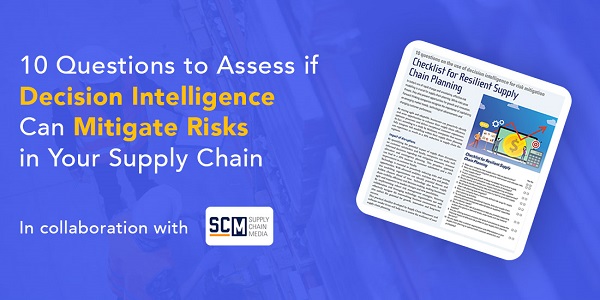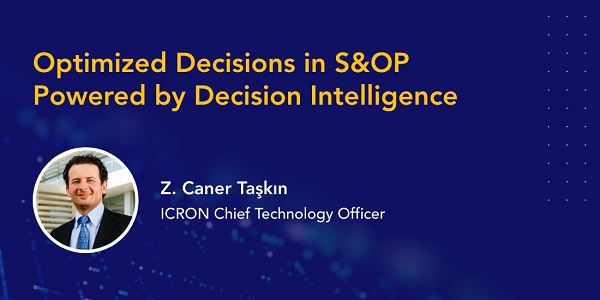Author: Ali Tamer Ünal
When we think about supply chain operations, we think about a number of activities, such as purchasing, production, transportation, order shipment, or product delivery. These activities take time, which we call the lead-time of the activity; and they utilize (or consume) various resources, such as machines, employees, and money. This is a very simple explanation of an in general very complex puzzle.
Operations based KPI’s of organizations are mainly calculated based on measures related to how and when these activities are performed. An example of such KPI’s is: OTIF or On-Time-In-Full, which is measured by comparing the quantity and timing of delivery activities to actual customer order request dates. And Capacity Utilization of a facility is a measure calculated as the percentage of the installed capacity of a facility to the capacity consumed by production related activities. To be able to calculate KPI’s correctly and efficiently, organizations need to record all supply chain activities so that the KPI calculations can be performed. No data recording simply means no calculations. Historically, ERP systems are designed to provide such a transactional System of Records.
Beyond System of Records
Although KPI’s provide us a solid basis to measure how good we performed in the past regarding various operational activities, they provide little value in assessing the current state of our operations and in determining the best course of actions that we should take now. It’s all about the ability to answer the question: Do I currently have the correct mix and quantity of inventories, and production / shipment activities in action to meet my OTIF target?
Although being able to answer a question like this requires a full record of supply chain activities that transpired in the past, such as inventory transactions, open production and shipment orders, and open customer orders; it is not sufficient. To answer this question based on actual data (not based on the gut feeling) we need to assess the current meaning of all these transactions and records in relation to each other.
The importance of customer requirements
As an example, to make a judgment call such as inventory level of a product being too “high”, we need to query what the current best allocation of this inventory is. This of course is related to current open customer orders, forecasts, and any other form of delivery requirements. Additionally we need to detect if the excess amount is higher than our operational thresholds, which reflect safety stocks, calculated minimum operational stocks, etc. In a sense, we need to build a dependency between the inventory records, with the customer requirements. This dependency gives us the meaning (or reasoning) behind the decision to keep products in the inventory by incurring additional cost.
Pegging?
Process of identifying dependencies between supply chain activities is called Pegging. Hence, we can peg inventories and production orders of products to customer orders. Or we can peg inventories and production orders of semi-finished items to production orders of products. Of course all based on the Bill of Materials or BoM structure. Or we can for example peg inventories and open purchase orders of materials to production orders of semi-finished items.
Pegging can also be performed between a supply chain activity and the resource utilizations, which will provide us the actual meaning behind the installed capacity of resources.
If you would like to see ICRON in action, please contact us. If you have enjoyed this blog, you can find more content that you might enjoy here.












